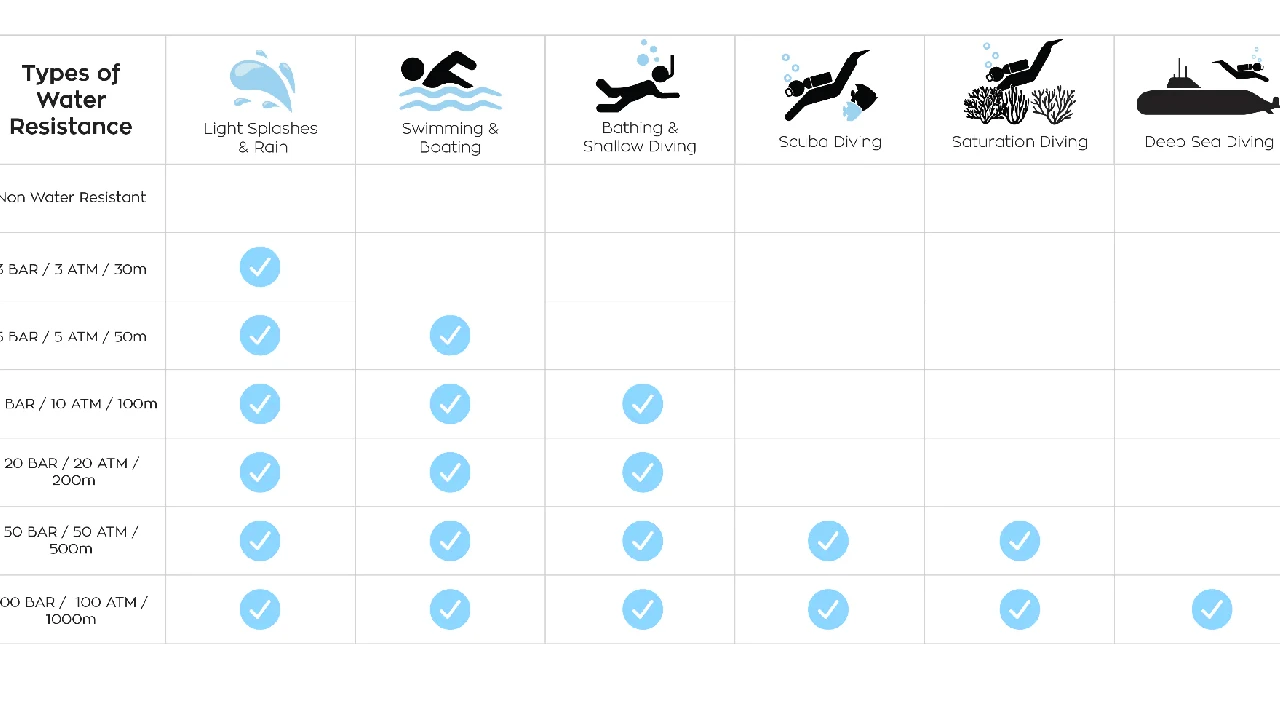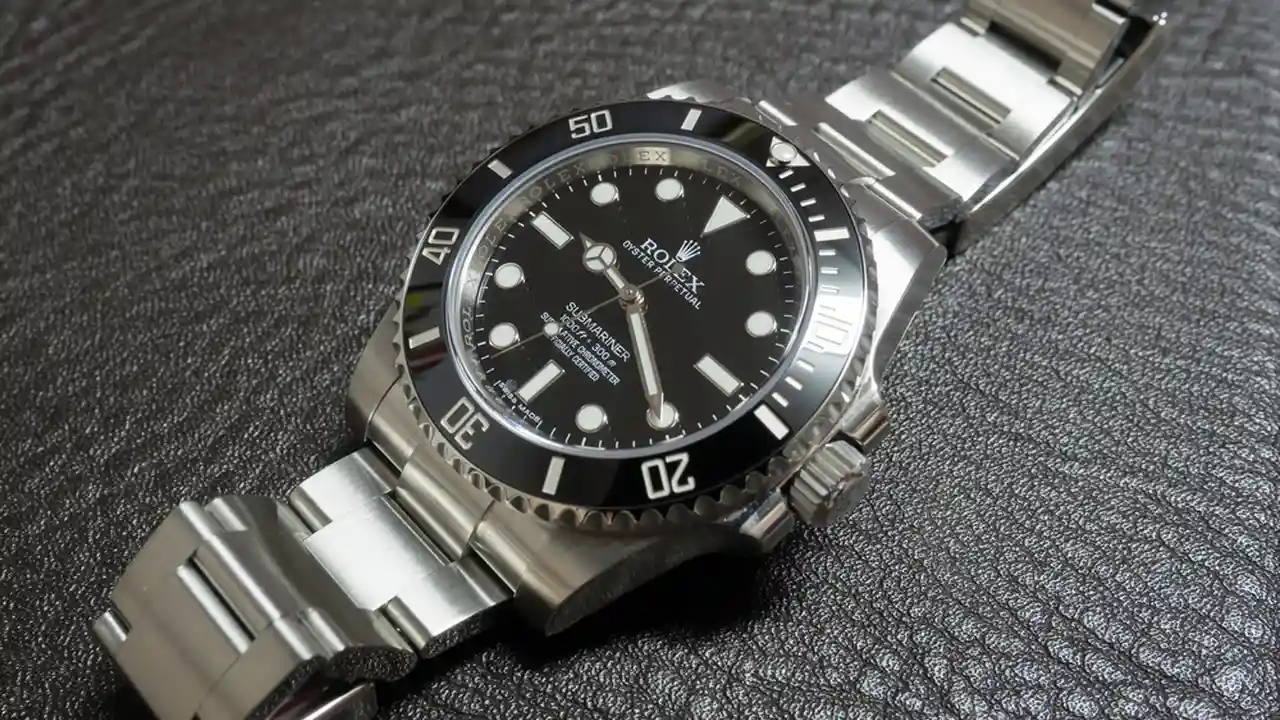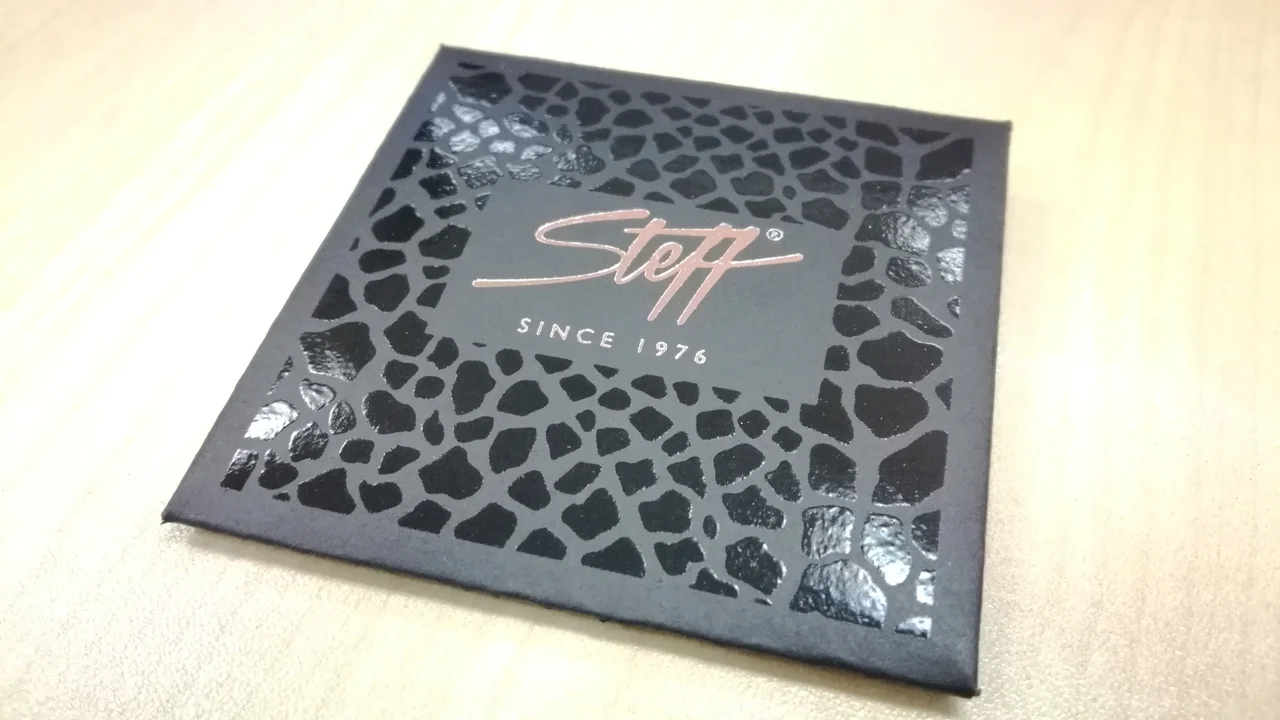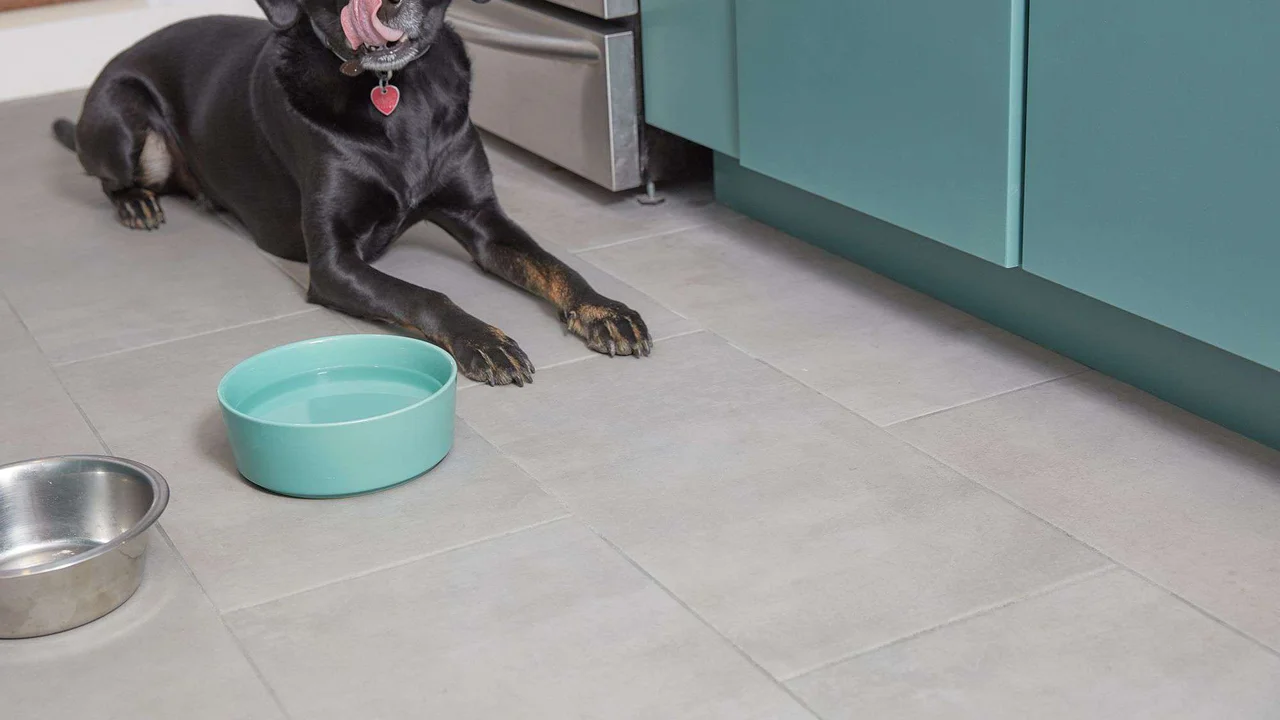Watch Loupes: Examining Your Timepieces in Detail
Discover watch loupes for examining your timepieces in detail. Inspect intricate details and craftsmanship with these magnifying tools.

Why Use a Watch Loupe? Unveiling the Microscopic World of Watches
Ever wondered what makes those tiny gears tick inside your mechanical watch? Or wanted to scrutinize the finishing on a luxury watch movement? That's where a watch loupe comes in handy. Think of it as a magnifying glass on steroids, designed specifically for the intricate world of horology. A watch loupe allows you to see details that are simply invisible to the naked eye. Scratches, imperfections, hallmarks, and even the quality of the finishing on movement components become crystal clear. Whether you're a seasoned collector, a budding watchmaker, or simply curious about your timepiece, a loupe is an indispensable tool.
Different Types of Watch Loupes: Finding the Right Magnification for Your Needs
Watch loupes come in various magnifications, each suited for different tasks. The most common magnifications are 3x, 5x, 10x, and 20x. For general inspection and spotting larger imperfections, a 3x or 5x loupe is often sufficient. These magnifications provide a good balance between magnification and field of view. If you need to examine finer details, such as the balance wheel or the escapement, a 10x or 20x loupe is more appropriate. However, higher magnifications also reduce the field of view and require a steadier hand. Some loupes also come with built-in LED lights, which can be incredibly helpful when working in dimly lit environments. These lights illuminate the subject and make it easier to see fine details.
Best Watch Loupes on the Market: Product Recommendations and Reviews
Okay, let's dive into some specific loupes that are worth considering. We'll look at a few options across different price points and feature sets.
SE 9750WL Illuminated LED Watch Loupe Magnifier 30X
This is a great option for beginners and hobbyists. It offers 30x magnification and features an integrated LED light. The light is powered by batteries, and the loupe is compact and easy to carry around. The SE 9750WL is ideal for examining small parts and identifying flaws. It's also very affordable, usually costing around $10-$15.
Pros: Affordable, high magnification, built-in LED light.
Cons: Image quality may not be as sharp as higher-end loupes, plastic construction.
Typical Usage: Inspecting watch movements, checking for scratches on crystals, examining jewelry.
BelOMO 10x Triplet Loupe Magnifier
For those seeking better image quality, the BelOMO 10x Triplet Loupe is an excellent choice. It features a triplet lens, which consists of three lenses bonded together to minimize distortion and chromatic aberration. This results in a sharper, clearer image compared to single-lens loupes. The BelOMO is a favorite among watchmakers and collectors who demand high accuracy. It typically retails for around $50-$70.
Pros: Excellent image quality, triplet lens design, durable construction.
Cons: More expensive than basic loupes, no built-in light.
Typical Usage: Examining movement finishing, identifying hallmarks, assessing the condition of vintage watches.
Peak 2051 10x Loupe
The Peak 2051 10x Loupe is another solid contender in the mid-range category. It's known for its wide field of view and comfortable ergonomics. The lens is made of high-quality glass and provides a sharp, clear image. The Peak 2051 is a versatile loupe that can be used for various tasks, from watch inspection to gemology. It usually costs around $40-$60.
Pros: Wide field of view, comfortable to use, good image quality.
Cons: No built-in light, not as compact as some other loupes.
Typical Usage: General watch inspection, examining dials and hands, checking for damage.
Bausch & Lomb Hastings Triplet Loupe 10x
A classic choice, the Bausch & Lomb Hastings Triplet Loupe 10x is renowned for its exceptional optical quality. Bausch & Lomb has a long history of producing high-quality lenses, and this loupe is no exception. The triplet lens design ensures minimal distortion and a clear, crisp image. While it's a bit pricier than some other options (around $80-$100), the Bausch & Lomb Hastings is a worthwhile investment for serious collectors and professionals.
Pros: Superior optical quality, triplet lens, reputable brand.
Cons: Relatively expensive, no built-in light.
Typical Usage: Professional watchmaking, detailed inspection of luxury watches, authentication of vintage timepieces.
Using a Watch Loupe Effectively: Tips and Techniques for Optimal Viewing
Using a watch loupe might seem straightforward, but there are a few techniques that can enhance your viewing experience. First, make sure you have adequate lighting. Natural light is ideal, but a good quality desk lamp can also work well. Position the loupe close to your eye and bring the object you're inspecting into focus. It may take a few tries to find the perfect distance. Try to brace your hand against a stable surface to minimize shaking. This is especially important when using higher magnifications. Consider using a watch holder or a small vise to secure the watch while you're working on it. This will free up your hands and make it easier to manipulate the loupe.
Watch Loupes for Specific Scenarios: Matching the Loupe to the Task
The best loupe for you will depend on your specific needs and budget. If you're just starting out, an affordable option like the SE 9750WL is a good place to begin. As you gain more experience and develop a better understanding of what you're looking for, you can upgrade to a higher-quality loupe like the BelOMO or Bausch & Lomb. For inspecting watch movements, a 10x loupe is generally sufficient. However, if you're working on very small parts, such as the hairspring, you might need a 20x loupe. When examining watch dials and hands, a 5x loupe can be helpful for spotting imperfections. A loupe with a built-in light is particularly useful when working on vintage watches or in dimly lit environments.
Maintaining Your Watch Loupe: Keeping Your Magnifying Tool in Top Condition
To keep your watch loupe in good condition, it's important to clean the lens regularly. Use a soft, lint-free cloth to wipe away dust and fingerprints. Avoid using harsh chemicals or abrasive cleaners, as these can damage the lens coating. Store your loupe in a protective case when not in use. This will prevent it from getting scratched or damaged. If your loupe has a built-in light, replace the batteries as needed. With proper care, your watch loupe will provide you with years of reliable service.
:max_bytes(150000):strip_icc()/277019-baked-pork-chops-with-cream-of-mushroom-soup-DDMFS-beauty-4x3-BG-7505-5762b731cf30447d9cbbbbbf387beafa.jpg)






